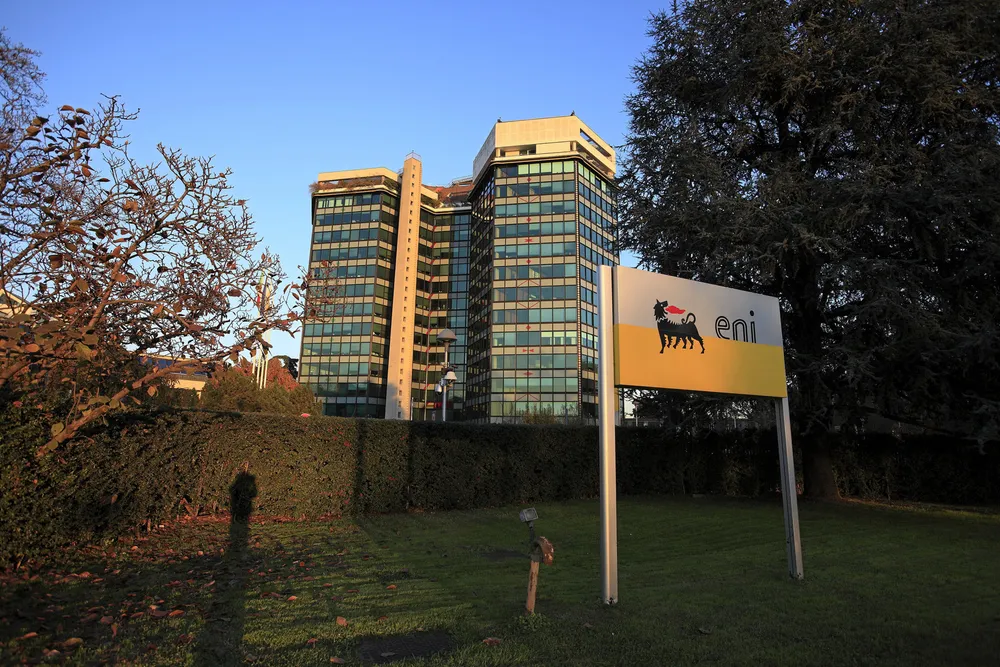Eni can tap 14 Tcf of gas in short to medium term to help Europe plug Russia gap
Chief executive identifies North Africa gas access as Italian major unveils 2022-2025 strategy while boosting dividend

Chief executive identifies North Africa gas access as Italian major unveils 2022-2025 strategy while boosting dividend
